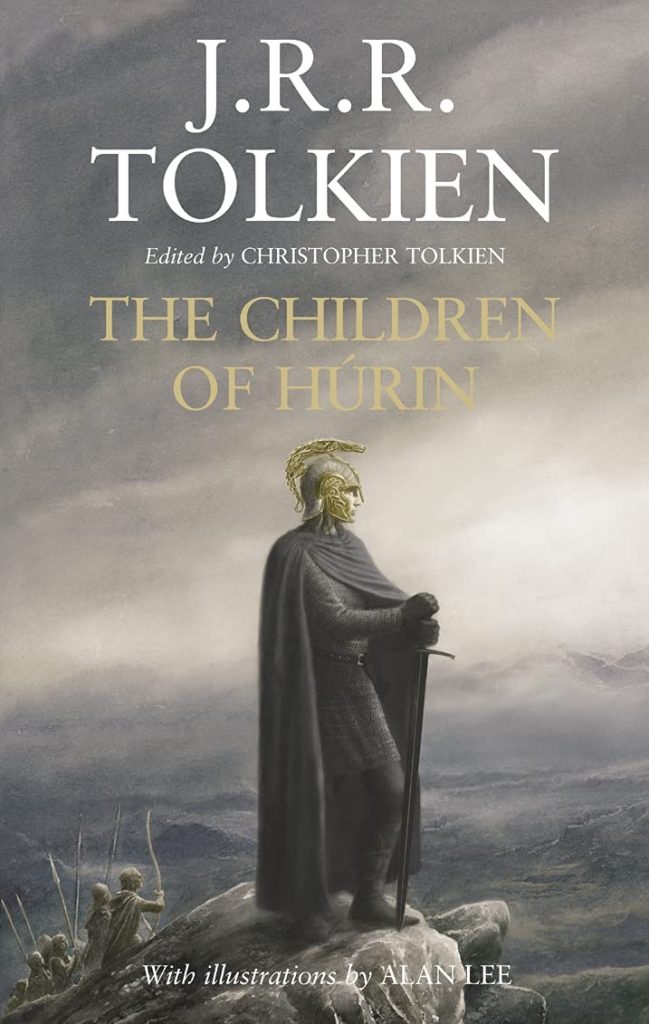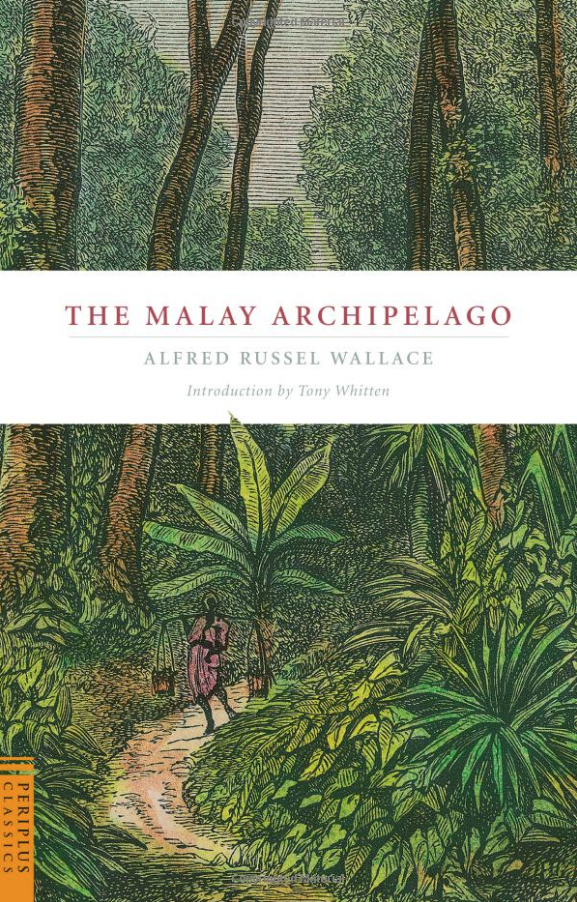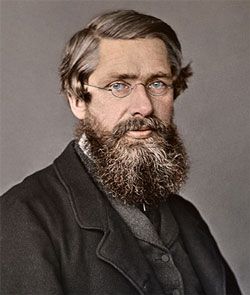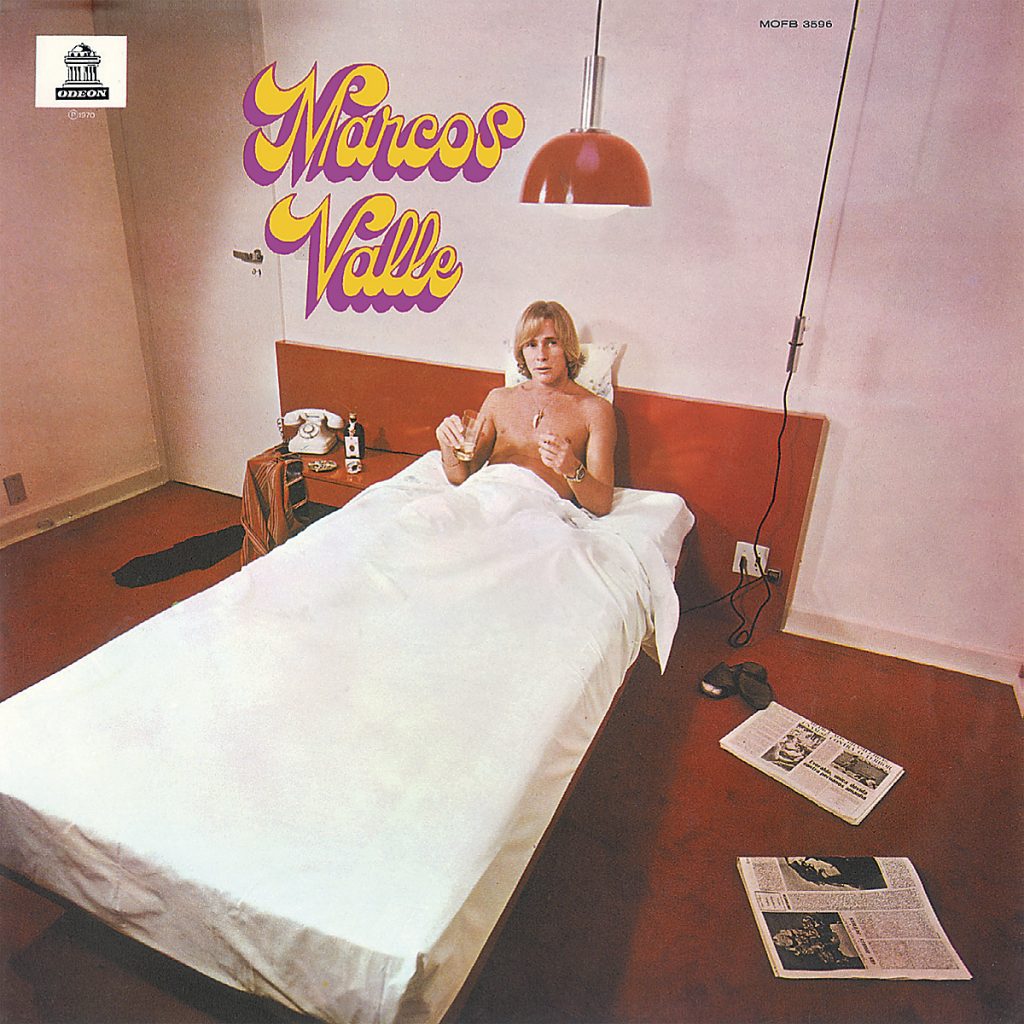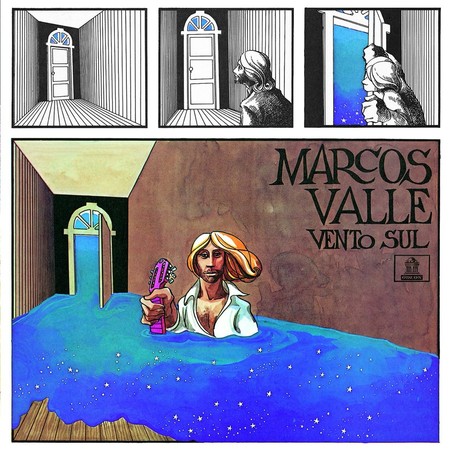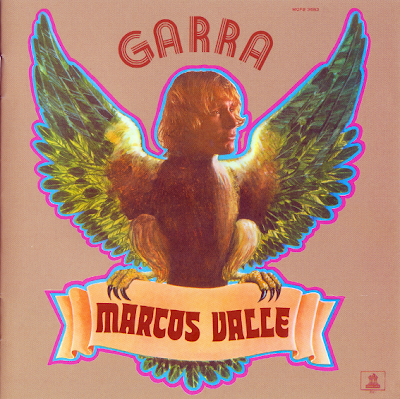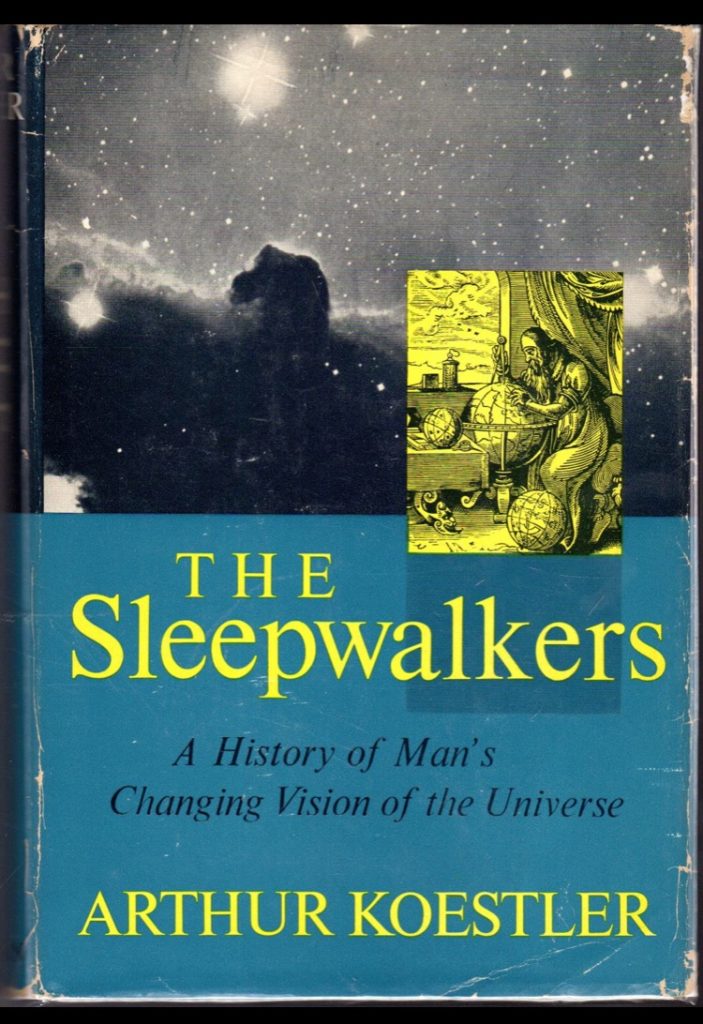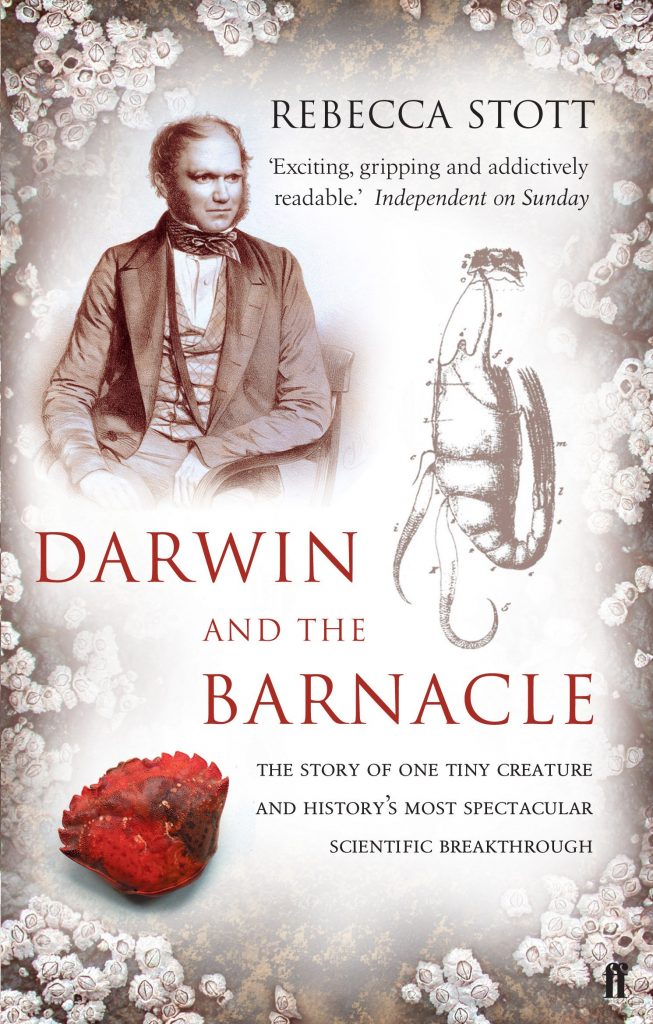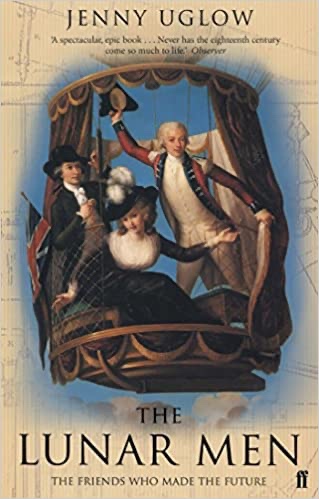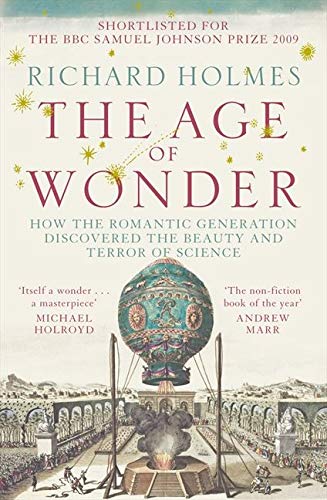Vision on the radio.
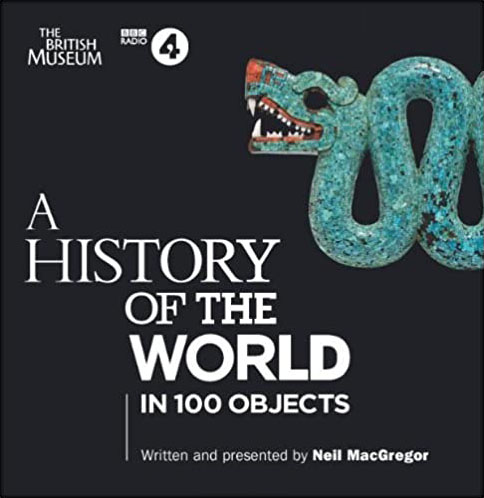

Yet more archival action. This was originally written not that long after the series first aired, on BBC R4, after receiving the audiobook version, via the Amazon Vine programme. This blog post is a slightly revised version of my Amazon UK review of the latter.
Quite justifiably described on the packaging as a landmark series, this is factual programming at it’s very best, up there with such monumental achievements as Carl Sagan’s Cosmos, Kenneth Clarke’s Civilisation, and David Attenborough’s prodigious and prolific Life series
British Museum director Neil MacGregor proves to be an eloquent, charming, and compelling guide, taking the listener on a fascinating, amazingly wide-ranging, and hugely absorbing travelogue through time and space, history and culture, in which the role of the listener’s imagination is, intriguingly, very important.
Thanks to the odd but inspired choice of covering the ostensibly visual world of objects through the language-based medium of the radio, the listeners mind is allowed, as with any good storyteller scenario, to create imaginative pictures of everything; from imagining how MacGregor might himself look, to picturing, in the mind’s eye, the varied and exotic objects themselves, their original locations, the journeys that brought them to the British Museum, and, of course, the peoples and cultures from whence they come. In pursuing this visionary approach via radio, the series succeeds in capturing the imagination, and through imagination, cultivating fascination. A clever and remarkably seductive ploy.
I think it’s better that, rather than trying to convey the effect of each episode by discussing particular objects, I try and instead convey the general approach: basically each object becomes a prism, through which MacGregor (with help from experts and other pundits) unlocks a veritable rainbow of associations, which range from the continual unfolding of new insights about the objects themselves (these things, at first sight static and immutable, become conduits for the ever changing plasticity of our minds, and in turn for what’s perceived in itself: amazing!), and our understanding of the cultures they come from, to how this feeds into history, and the evolution of culture, affecting us here and now.
The scope is thus truly grand, and MacGregor’s excitement (all the best inspirational educators seem possessed of this almost child-like glee: think of the aforementioned Sagan, Clarke, and Attenborough), as he guides us eloquently on this epic journey, is both palpable and contagious. Thanks to this series, the relatively frequent trips my wife and I make to our local museums have increased, both in terms of frequency, and in terms of quality, as I now pay more attention to a wider range of objects, more aware of the rich bounty of insight they potentially represent.
A rich smorgasbord of talking heads add their own views and insights, reminding us of the fact of continually evolving webs of human interconnectedness, which forms a kind of sub-plot of the series. I must confess that sometimes canvassing the ‘great and the good’ in this manner irritates me, but it’s well done here, and the people and quotes chosen are generally both full of insight, enlightening, and add colour and variety to the series.

Not only does the series entertain and educate brilliantly, but it also stimulates reflection. Episodes covering such topics as sexuality and smoking throw up contentious and challenging views, views that continue to change through time. And rather than supplying glib answers, MacGregor and the series instead leave room for the listener to think for themselves, which is excellent. That this series will spark many and varied chains of thought in the listener is, I think, pretty much a certainty, and it’s part of what makes it so good.
And that’s just a small part of the great the beauty of the series: from a broken potsherd or a gilded galleon, to meditations on what it is, and what it once was, to be human, all this and much more are spun out from the individual objects, more often than not things of great beauty in themselves. And, as noted above, MacGregor’s style of delivery is an important part of this, the series as a whole striking a wonderful balance between serious mindedness and accessibility.
The series is also very well put together, structurally: three tranches of programmes aired over a year, in batches of approximately 30 or so at a time. Each programme being approximately 15 mins long. The combined total air time is just over a solid days worth of material, at 24/25 hours! And, as each episode is relatively short, each can be comfortably digested on it’s own, or you can enjoy several delicious courses at a sitting. Listening to the CDs I recall the excitement with which I would await each new episode as they aired (and the frustration of waiting between each tranche!).
I also have the podcasts and a good old-fashioned hardback print version of the series, in book form. It’s so good that having it in all these formats seems, to me, very worthwhile. The book has the obvious added advantage over the other formats of bigger more sumptuous illustrations of the objects. There is a small booklet, however, accompanying the audiobook release. So images of all the objects can be viewed, grouped in sets of five (corresponding to the weekly transmissions), with, over each set, a small précis of that weeks themes and objects, but they – the images – are rather small.
Nothing short of stunning, this series is a complete and very exciting triumph, and this audiobook is a good format to own it in.
PS – The wiki entry on the whole project is well worth reading.

